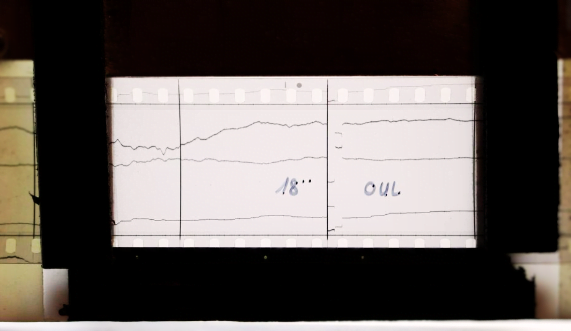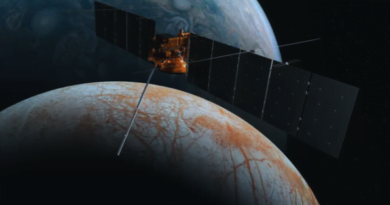1977 Solar Storm Exposes Vulnerabilities: Are We Ready for the Next ‘Big One’?

New research has uncovered intriguing insights into the unpredictable nature of solar storms, revealing that their strength can vary significantly over short distances. This revelation raises concerns about the current adequacy of sensor networks to effectively prepare for future solar outbursts. According to Eija Tanskanen, the director of the Sodankylä Geophysical Observatory (SGO) in Finland and a co-author of the study, solar storm monitoring networks typically space sensors about 250 miles (400 kilometers) apart. However, the study suggests that the strength of solar storms can fluctuate across much smaller ranges, approximately 62 miles (100 km).
Tanskanen warns that a sparsely distributed magnetometer network may lead to the underestimation of local magnetic disturbances during solar storms. Given the potential vulnerabilities, it becomes crucial to reevaluate and enhance the existing sensor infrastructure.
Solar storms, caused by intense bursts of charged particles from the sun impacting Earth’s atmosphere, pose risks to satellite systems and power grids. This latest research underscores the need for a more detailed and responsive sensor network to accurately gauge the impact of solar storms on specific regions.
The research team delved into historical data from December 1977 when a powerful solar storm was recorded by 32 stations in the Scandinavian Magnetometer Array (SMA). Despite the denser arrangement of this magnetic field sensor array compared to contemporary Nordic monitoring networks, the digitization of the data revealed extreme variations in magnetic disruption from one station to another.
During strong solar storms, similar to the Carrington Event of 1859, which disrupted telegraph communications, the study identified variations of up to 150 nanoteslas in magnetic disruption over approximately 6 miles (10 km). A nanotesla is a unit of measurement for strong magnetic fields. This finding emphasizes the necessity of expanding the current magnetometer network to comprehend the intricate structure of the magnetic field during solar storms.
Tanskanen advocates for a denser magnetometer network, asserting that it would not only enhance our understanding of magnetic field complexities but also enable the provision of localized warnings for solar storm movements. This strategic approach aims to better safeguard critical infrastructure vulnerable to magnetic disturbances.
The research findings, published on November 2 in the journal Scientific Reports.







